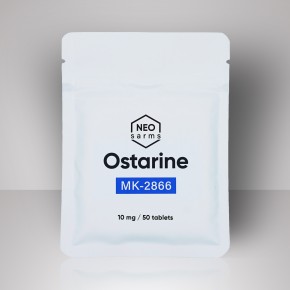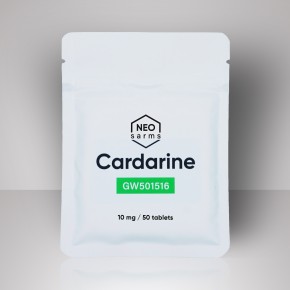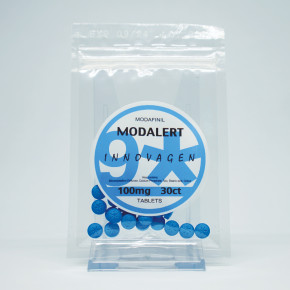Reviews
-
11.09.25
dropped water weight fast before weigh-inomar s
-
26.07.25
better than OTC diureticsAnonymous
What is Lasix
Lasix, or Furosemide, is a potent loop diuretic, causing subcutaneous water and electrolyte excretion. It can help to lose weight in a short time due to fluid excretion from the body. However, the effects won’t be permanent and will pass after the proper hydration.
One should approach starting Lasix with caution, as it can result in serious dehydration, disrupt the electrolyte homeostasis, hypokalemia.
Lasix Benefits
The drug can be used to reduce water weight before competition by athletes or bodybuilders. It is important to note that Lasix is prohibited by WADA, as it can provide a competitive advantage.
Lasix can also help to mitigate some anabolic steroids’ side effects, such as water retention, bloating, and swelling of the legs.
Lasix Side Effects
Lasix causes dehydration, which can be easily recognized through the following symptoms:
- Dry mouth;
- Polydipsia;
- Drowsiness and muscle weakness;
- Muscle cramps;
- Low blood pressure;
- Diarrhea and polyuria;
- Nausea.
Exceeding the recommended dosage or administration guidelines can lead to the development of more serious side effects, causing cardiovascular and renal problems.
Lasix Contraindications
It’s prohibited to use Lasix if the person struggles with such conditions as kidney dysfunction or allergy to the active ingredient. For athletes with diabetes, additional medical consultation may be needed before considering Lasix.
Lasix Dosage
The recommended Lasix dosage varies between 20 and 40 mg per day. Sometimes, athletes use a higher dosage, up to 80 mg. However, if possible, the dosage shouldn’t exceed 40 mg. The starting dose should be at the lower end, around 20 mg per day.
Since Lasix isn’t considered a potassium-sparing diuretic, it’s important to get potassium supplementation. When taking 20–40 mg per day, it’s recommended to add 3–5 g of potassium. If the dosage is higher, an athlete might increase potassium supplementation intake up to 9 mg.
How to Take Lasix
|
When to take it |
Preferably in the morning, an hour before breakfast |
|
Dosage Instructions |
20 to 40 mg |
|
Cycle Length |
2–5 days |
|
Food Interaction |
No food interactions have been discovered |
|
Alcohol Interaction |
Limit alcohol consumption |
|
Drugs Interaction |
Lasix can’t be taken with Aspirin, Prednisone, Droperidol, Lithium, or Sodium Nitrate. |
Best Stacks with Lasix
To avoid serious side effects, Lasix can be taken with Spironolactone. Adding 40-60 mg of Spironolactone to 20 mg of Lasix will allow athletes to stay at a minimal dosage.
Common Questions About Lasix
Does Lasix Lower Potassium?
Yes, Lasix lowers potassium levels, along with magnesium, calcium, or sodium. However, if the recommended dosage or cycle length isn’t exceeded, and the person doesn’t have any contraindications to the drug, it can be used safely.
Does Lasix Affect Kidney Function?
Lasix can negatively affect kidney function if misused. If the person has a pre-existing medical condition, such as kidney disease, they can’t consider Lasix without a consultation with a healthcare provider.
Should Lasix Be Taken Every Day?
To lose water weight, Lasix should be taken every day for 2–5 days before the competition. The drug can be taken daily, as long as the cycle length isn’t exceeded.

 Trusted by 50,000 Customers
Trusted by 50,000 Customers



























